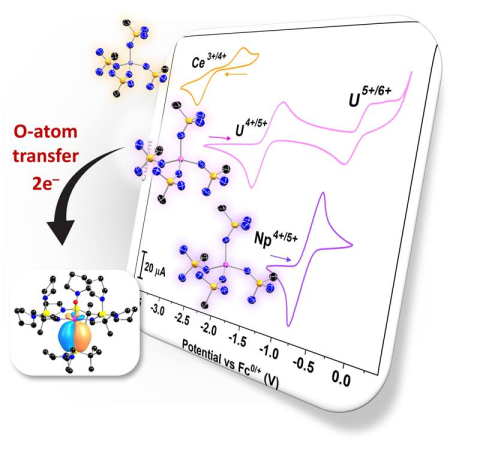
Ligand design and electrochemical studies pave a new path toward stable high-valent mid-actinide complexes.
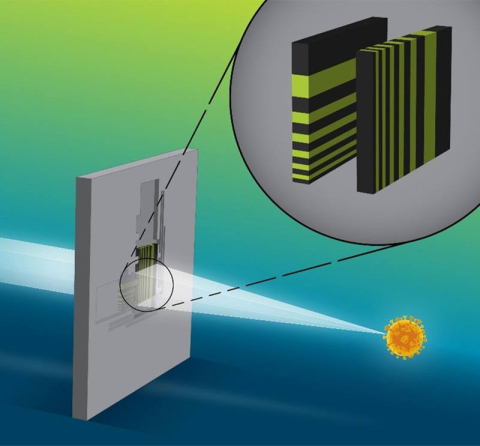
This new Laue lens system received a 2022 Microscopy Today Innovation Award.
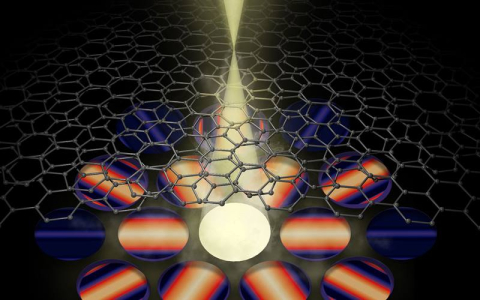
A new microscopy technique measures atomic-level distortions, twist angles, and interlayer spacing in graphene.
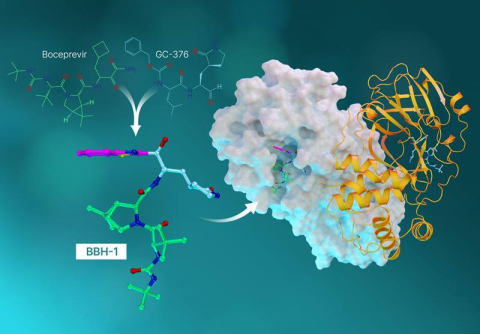
Solving atomic structure and binding for improved antiviral drugs.
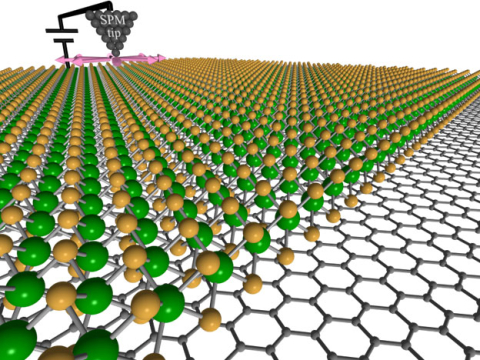
Machine learning and artificial intelligence accelerate nanomaterials investigations.
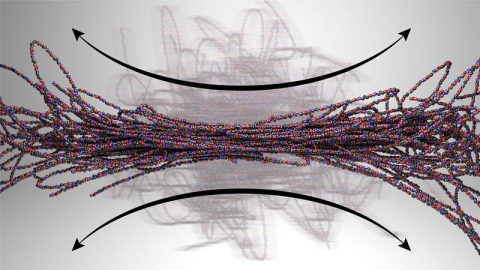
New computational methods “fingerprint” polymer motions under flow.
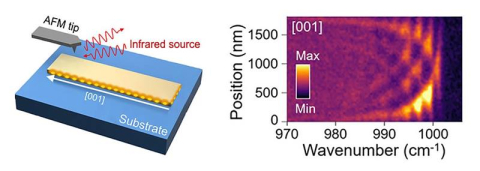
Crystalline nanoribbons synthesized to resonate with infrared light for imaging, sensing, and signaling pass a crucial test.
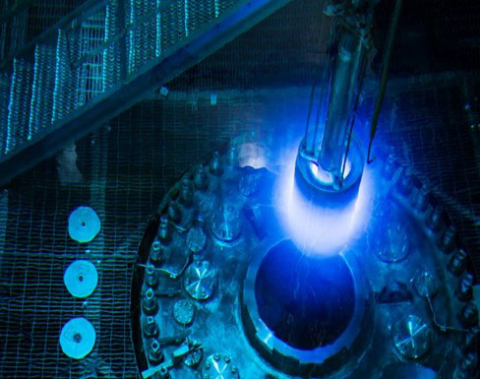
Experiment at Oak Ridge National Laboratory’s High Flux Isotope Reactor precisely measures the antineutrino energy spectrum.
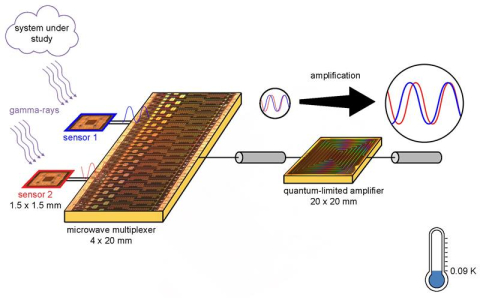
New tools borrowed from quantum computing will improve the detection of X-rays and gamma-rays.
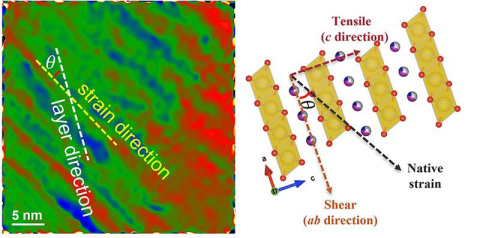
Understanding defects paves the way for longer lifetimes for sodium-ion batteries -- and lower energy storage costs.

